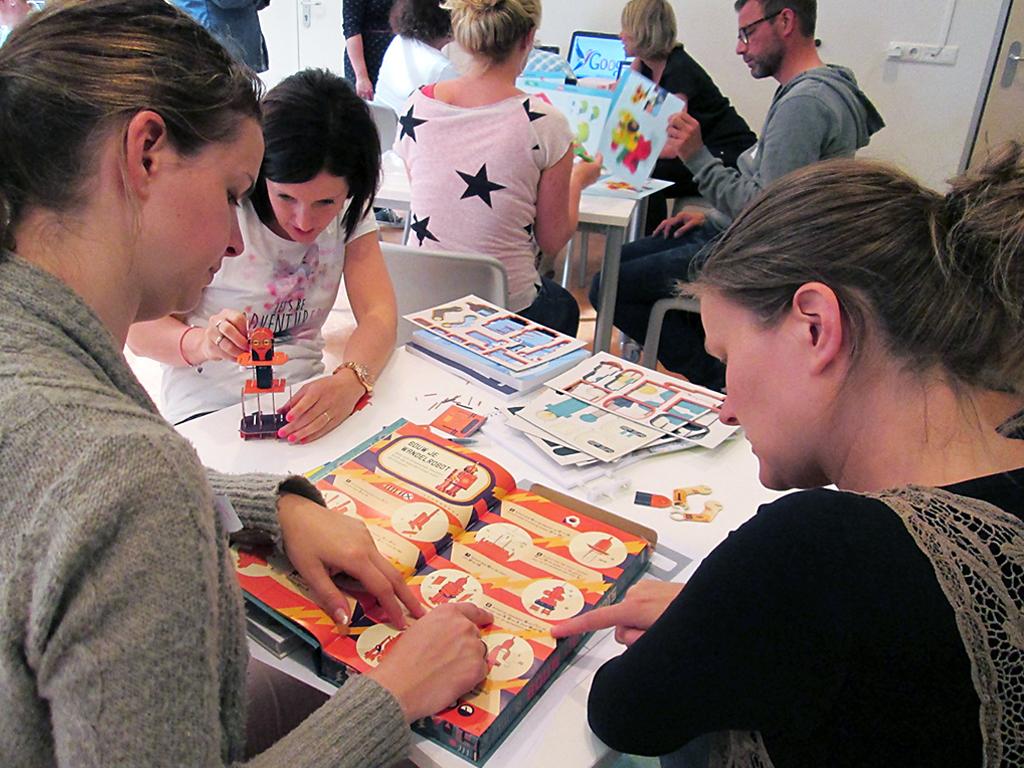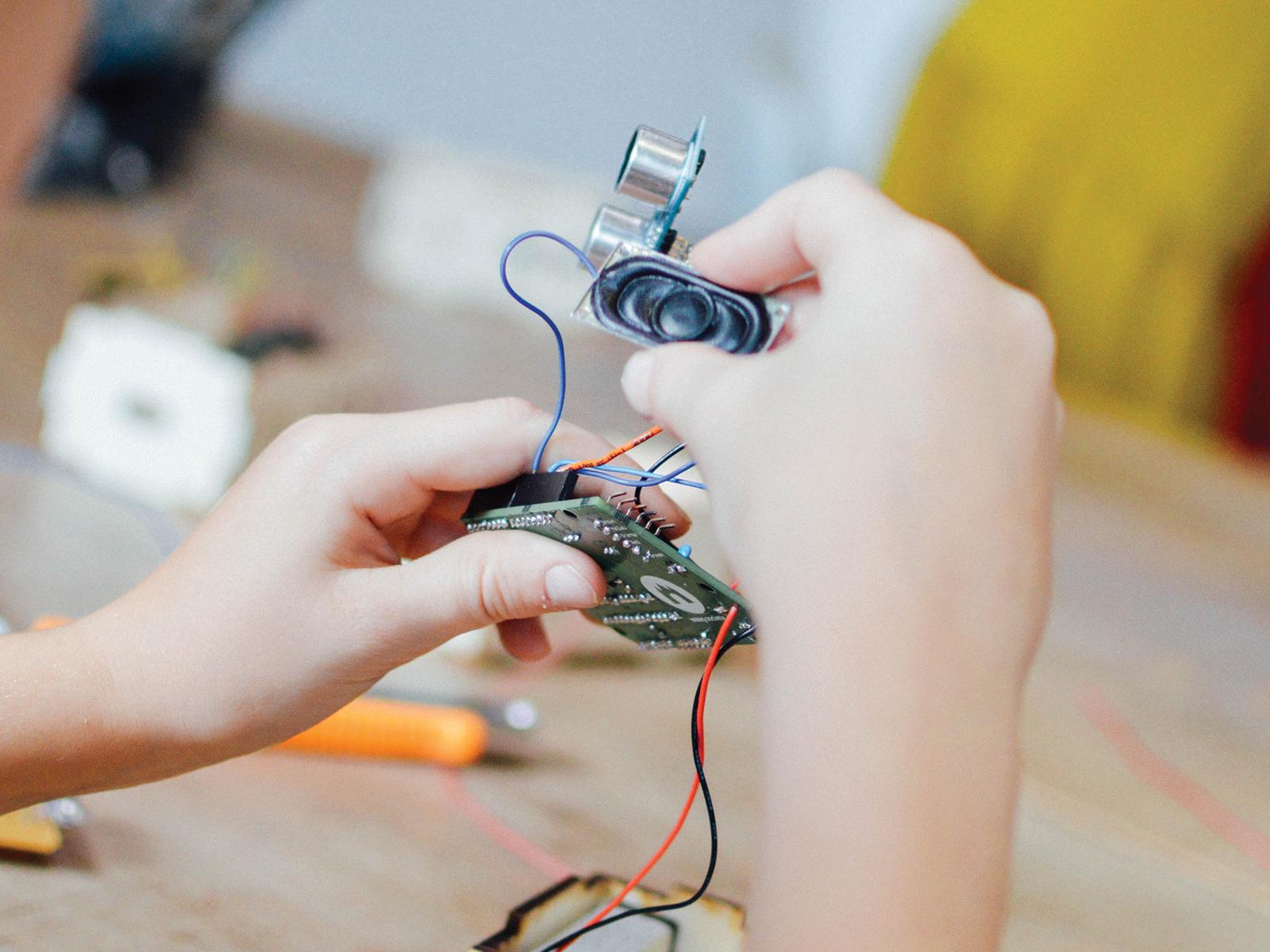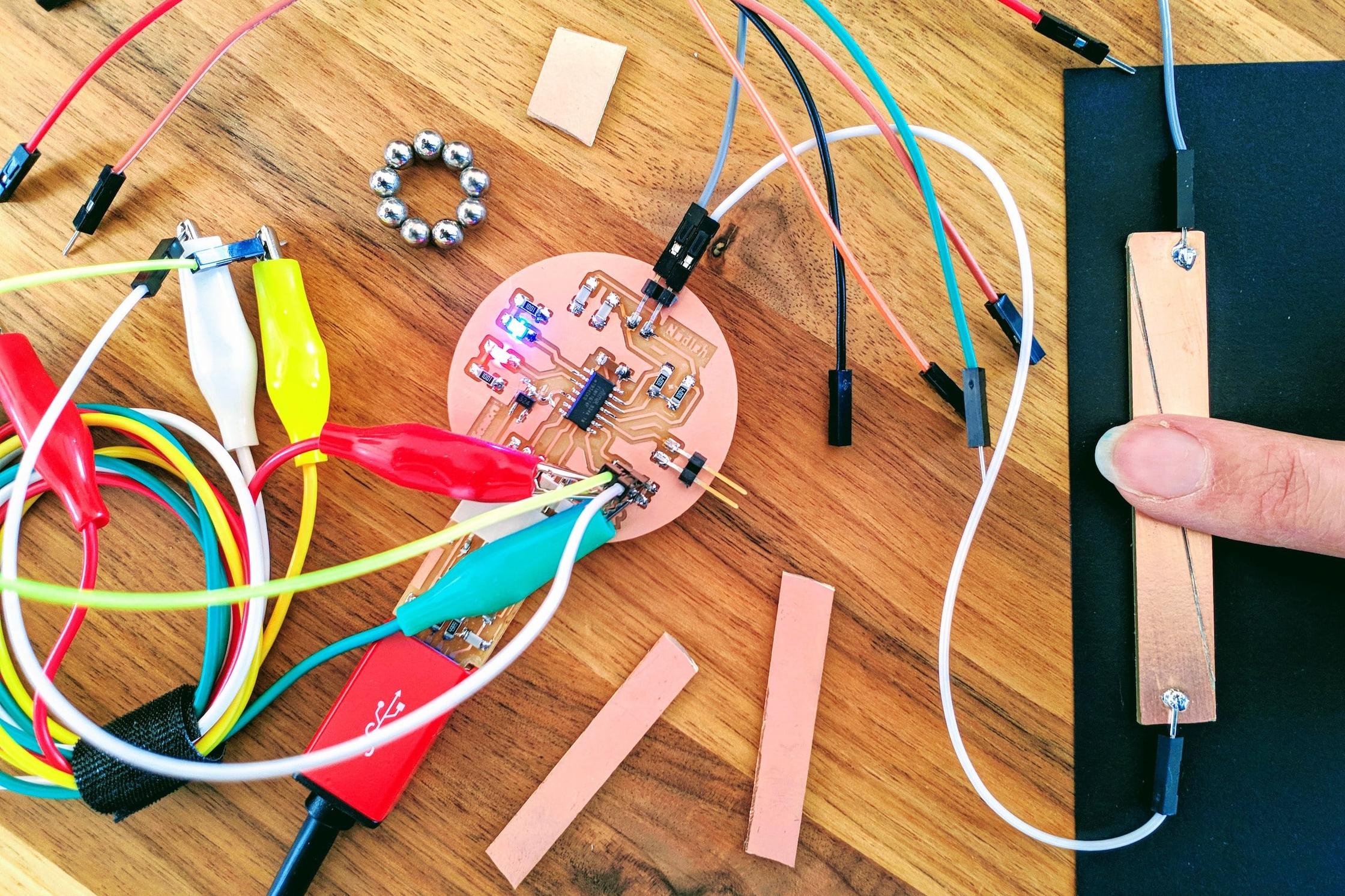Lego! Everyone loves Lego. With it, we can build towers, airplanes, robots, and entire villages. As we play, we train our spatial awareness. As we let our imagination run wild, we are also working on solutions to architectural problems. We play, we work, and we learn.
These are the qualities we want to see in the lessons our children learn in school. It is, therefore, not surprising that Lego has its own educational line. Even the smallest children are encouraged to build simple machines, gears, and pipelines. Through programs like Lego Mindstorms, older children learn about software and hardware.
So, with Lego, we learn how we can construct solutions to problems, and we learn by being challenged. Challenges are made up of various parts, which we can tackle in a variety of ways. Through (literally) building solutions, rather than approaching them theoretically, you experience the physical effect of learning. The corporeal experience becomes part of you, and the knowledge you have built holds meaning for you.
Fortunately, Lego is not the only material that can provide this experience. Increasingly, materials and tools find their way into schools. In two schools in The Netherlands, we examine semi-plug 'n play materials you can put to use in the classroom. Such materials contribute to knowledge construction rather than just knowledge transfer.
We now have intoduced (among other): Lego Robot Turtles, the Bee-Bot, Moov, MaKey MaKey; and even the more technical Arduino Tinker Kit, Sparkfun Inventors Kit, and Kano-box. These are then supplemented with books like '50 Dangerous Things You Should do with kids.' All of this provides a base for many instructive hours of fun.



